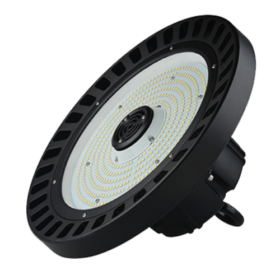LED lighting is one of the most popular forms of housing and commercial lighting on the market today. It has many advantages related to it, which contribute to its increasingly popular. Compared to conventional incandescent lighting, LED lighting is much brighter, and LED tubers used to have a longer life.
LED lighting is also a form of environmentally friendly lighting because it emits an amount of carbon dioxide which is less than the lighting of traditional bulbs. You can choose the best-LED lights for your home via https://metroled.com/.

LED lighting is increasingly preferred for various purposes, including home lighting, office illumination, vehicle lighting, landscape lighting, and public safety lighting. LED technology is increasingly used in flashlights, lanterns, headlights, and book lights. These small LED lights have become an integral part of our lifestyle that we have started to use without being.
LED is an abbreviation for a diode of light-transmitting, which is a semiconductor that converts electricity into light. LED lights do not require filaments like conventional tubers to produce light. LED lights have a diode as their resource. Each diode has a diameter of about 1/4 inches and consumes about ten billion currents to give light in about 1/10 watt.
LED lights are available in various efficiency. LED lights for housing purposes are around 20 lumens/ watts. However; With the latest progress, LED lights with a capacity of 160 lumens/ watts are also being developed. It's not rude; They emit soft lights. The intensity of brightness is less caused by the use of sodium lamps with low pressure.